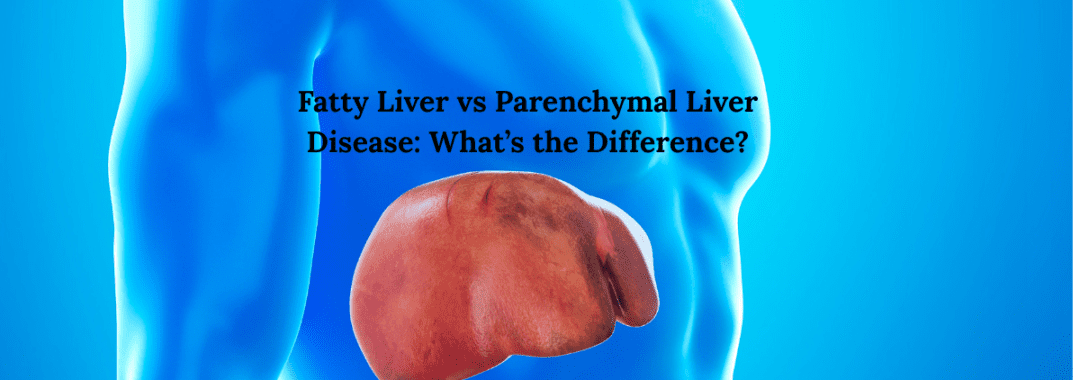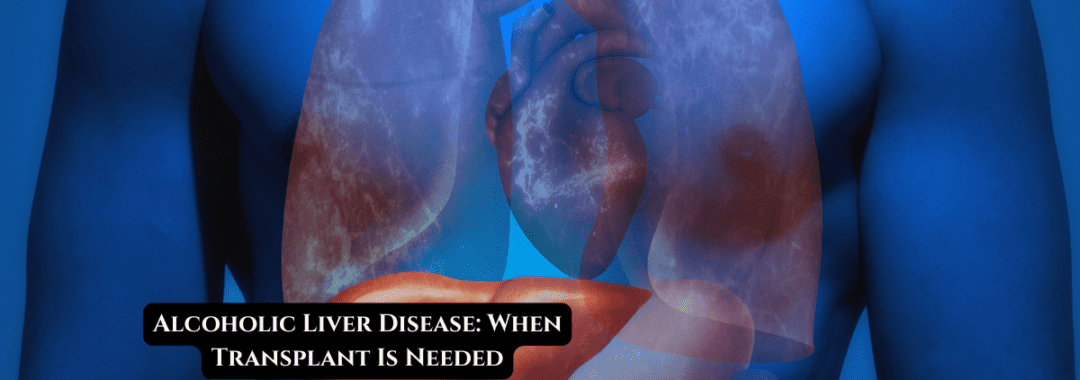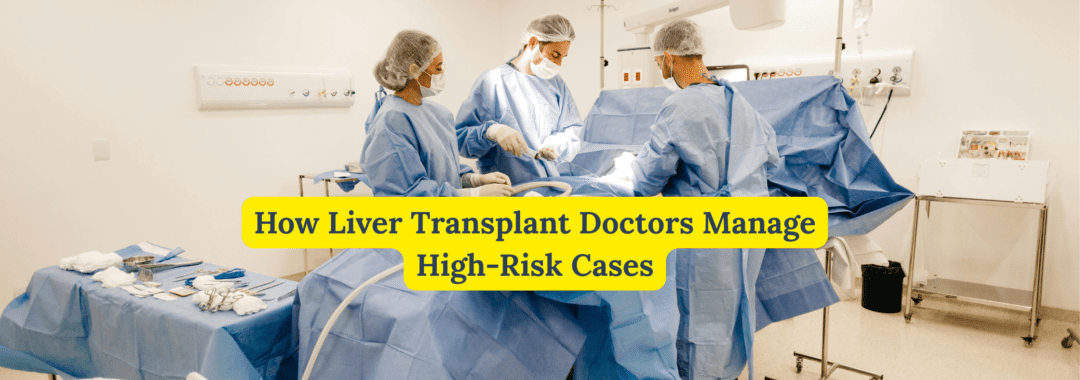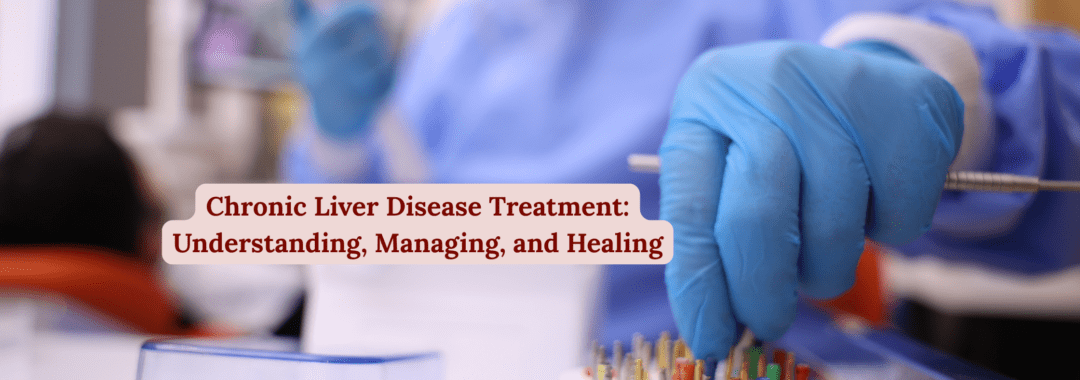Understanding liver conditions can feel overwhelming, especially when medical terms start sounding like a foreign language. Fatty liver? Parenchymal liver disease? Are they the same? Do they mean something serious? If you’ve ever found yourself wondering these things, you’re not alone.
Think of the liver as a hardworking employee in your body’s “factory.” It filters toxins, manages nutrients, and keeps everything running smoothly. When this employee starts struggling– due to fat buildup or deeper tissue damage– your whole system feels it. In this article, we’ll break down the differences between fatty liver and parenchymal liver disease in the simplest way possible, so you know exactly what they mean and what to watch out for.
Table of Contents
| Sr# | Headings |
|---|---|
| 1 | Understanding the Liver’s Role |
| 2 | What Is Fatty Liver Disease? |
| 3 | Types of Fatty Liver Disease |
| 4 | Causes of Fatty Liver |
| 5 | Symptoms of Fatty Liver |
| 6 | What Is Parenchymal Liver Disease? |
| 7 | Causes of Parenchymal Liver Disease |
| 8 | Symptoms of Parenchymal Liver Disease |
| 9 | How Fatty Liver and Parenchymal Liver Disease Differ |
| 10 | Diagnosis: How Doctors Identify These Conditions |
| 11 | Treatment Options for Fatty Liver |
| 12 | Treatment Options for Parenchymal Liver Disease |
| 13 | When Is a Liver Transplant Needed? |
| 14 | How to Prevent Liver Damage |
| 15 | When to Visit a Liver Transplant Specialist in India |
1. Understanding the Liver’s Role
The liver is one of the body’s most essential organs. It acts like a natural detox machine, cleansing your blood, storing energy, and helping with digestion. When liver issues arise, they can impact your energy, digestion, hormone balance, and overall health.
2. What Is Fatty Liver Disease?
Fatty liver disease occurs when too much fat builds up in the liver’s cells. Imagine pouring oil into a machine that’s supposed to run clean– it eventually clogs.
When fat reaches more than 5– 10% of the liver’s weight, doctors call it fatty liver.
3. Types of Fatty Liver Disease
Non-Alcoholic Fatty Liver Disease (NAFLD).
This occurs in people who drink little to no alcohol. It’s often linked to obesity, diabetes, and lifestyle factors.
Alcoholic Fatty Liver Disease (AFLD).
As the name suggests, this results from heavy alcohol use.
Both types can be reversed if treated early.
4. Causes of Fatty Liver.
Common causes include:.
Obesity.
High cholesterol.
Diabetes.
Excessive alcohol consumption (AFLD).
Poor diet and sedentary lifestyle.
Rapid weight loss.
5. Symptoms of Fatty Liver.
Fatty liver often develops silently. Many people only discover it through routine tests. When symptoms do appear, they may include:.
- Fatigue.
- Mild abdominal discomfort.
- Bloating.
- Elevated liver enzymes in blood tests.
- 6. What Is Parenchymal Liver Disease?
The term parenchymal liver disease refers to actual damage to the liver tissue– the functional parts of the liver. This includes:.
- Hepatitis.
- Cirrhosis.
- Chronic liver inflammation.
- Fibrosis.
Think of parenchymal disease as deeper, structural damage compared to fat accumulation alone.
7. Causes of Parenchymal Liver Disease.
Key causes include:.
- Chronic viral infections (Hepatitis B or C).
- Long-term alcohol misuse.
- Autoimmune diseases.
- Genetic conditions.
- Toxic drug reactions.
- Untreated fatty liver progressing over time.
8. Symptoms of Parenchymal Liver Disease.
Symptoms tend to be more serious, such as:.
- Persistent fatigue.
- Yellowing of the skin (jaundice).
- Swelling in legs or abdomen.
- Dark urine.
- Easy bruising.
- Digestive issues.
These signs suggest the liver is losing its ability to function properly.
9. How Fatty Liver and Parenchymal Liver Disease Differ.
Here’s a simple breakdown:.
- Fatty LiverParenchymal Liver Disease.
Fat accumulationActual damage to liver cells.
Often reversibleMay be progressive.
Minimal or no symptomsMore obvious symptoms.
Lifestyle-relatedCould be viral, autoimmune, or alcohol-related.
Early-stage conditionCan be advanced or chronic.
Think of fatty liver as clutter building up at a workplace, while parenchymal disease is structural damage to the building itself.
10. Diagnosis: How Doctors Identify These Conditions.
Doctors usually use:.
- Blood Tests.
- Checking liver enzymes like ALT and AST.
- Ultrasound or CT Scan.
- These detect fat deposits and tissue damage.
- Liver Biopsy.
- This is the most accurate method to identify severity of damage.
- FibroScan.
- A non-invasive way to assess liver stiffness.
11. Treatment Options for Fatty Liver.
The good news? Fatty liver is often reversible.
Lifestyle Changes.
Lose weight gradually.
Exercise regularly.
Eat a balanced diet.
Control Underlying Conditions.
Manage diabetes, cholesterol, and blood pressure.
Avoid Alcohol.
This can significantly reduce liver stress.
12. Treatment Options for Parenchymal Liver Disease.
Treatment depends on the cause:.
- For Viral Hepatitis.
- Antiviral medications.
- For Autoimmune Disorders.
- Steroids or immunosuppressants.
- For Alcoholic Liver Damage.
- Stopping alcohol completely.
- For Fibrosis and Cirrhosis.
- Managing symptoms and slowing progression.
13. When Is a Liver Transplant Needed?
A liver transplant may be needed when:.
Liver failure occurs.
Cirrhosis progresses.
Severe complications arise.
Other treatments no longer work.
This is when consulting a liver transplant specialist in India becomes essential.
14. How to Prevent Liver Damage.
Prevention is always better than cure.
Maintain a healthy weight.
Exercise for at least 30 minutes daily.
Limit alcohol.
Eat high-fiber, low-fat foods.
Get vaccinated for hepatitis.
Avoid unnecessary medications.
15. When to Visit a Liver Transplant Specialist in India.
If you experience:.
Jaundice.
Severe abdominal swelling.
Recurring fatigue.
Confusing memory issues.
Gastrointestinal bleeding.
… it’s time to seek specialist care. Early consultation can save lives.
A liver transplant specialist in India can evaluate your condition and recommend the best treatment path, including whether a transplant is necessary.
Conclusion.
Understanding the difference between fatty liver and parenchymal liver disease can help you make informed choices about your health. While fatty liver is often reversible with lifestyle changes, parenchymal liver disease can be more serious, requiring medical intervention and sometimes a transplant. The key is early diagnosis, timely treatment, and knowing when to seek help.
Your liver works non-stop– taking care of it is one of the best gifts you can give your body.
FAQs.
1. Can fatty liver turn into parenchymal liver disease?
Yes. If left untreated, fatty liver can progress to inflammation, fibrosis, and eventually cirrhosis– forms of parenchymal disease.
2. Is fatty liver always caused by alcohol?
No. Non-alcoholic fatty liver disease (NAFLD) is more common and is linked to obesity, diabetes, and poor lifestyle habits.
3. Can parenchymal liver disease be cured?
Some forms can be treated or controlled, but advanced damage like cirrhosis is usually permanent.
4. Does fatty liver cause pain?
Most people feel no pain, but some may experience discomfort on the right side of the abdomen.
5. When should I see a liver transplant specialist in India?
Seek help if you have severe symptoms such as jaundice, abdominal swelling, or signs of liver failure.











